Business Intelligence (BI) is the process of analyzing and interpreting data to make informed business decisions. There are many software and tools available that can help businesses with their BI needs.
In this article, we will explore some of the most common software and tools used in BI.
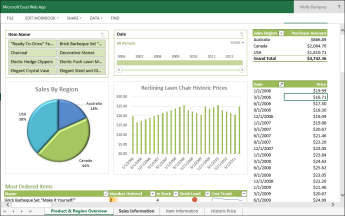
One of the most widely used tools for BI is Microsoft Excel. Excel is a spreadsheet software that allows users to organize, analyze, and visualize data. It is a versatile tool that can handle large amounts of data and is widely used for data analysis, reporting, and budgeting. Excel has built-in functions and features that allow users to perform complex calculations, create charts, and create pivot tables.
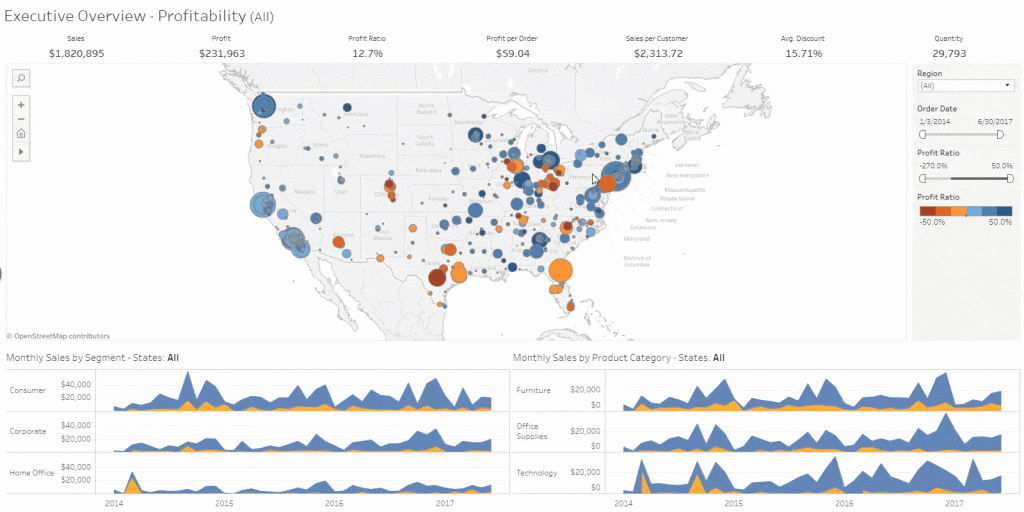
Tableau is a data visualization tool that allows users to create interactive and visually appealing dashboards. It is a user-friendly tool that allows users to quickly and easily create visualizations of their data. Tableau can connect to a wide variety of data sources, including Excel, SQL databases, and cloud-based data sources. It also has a wide range of data visualization options, including bar charts, scatter plots, and heat maps.
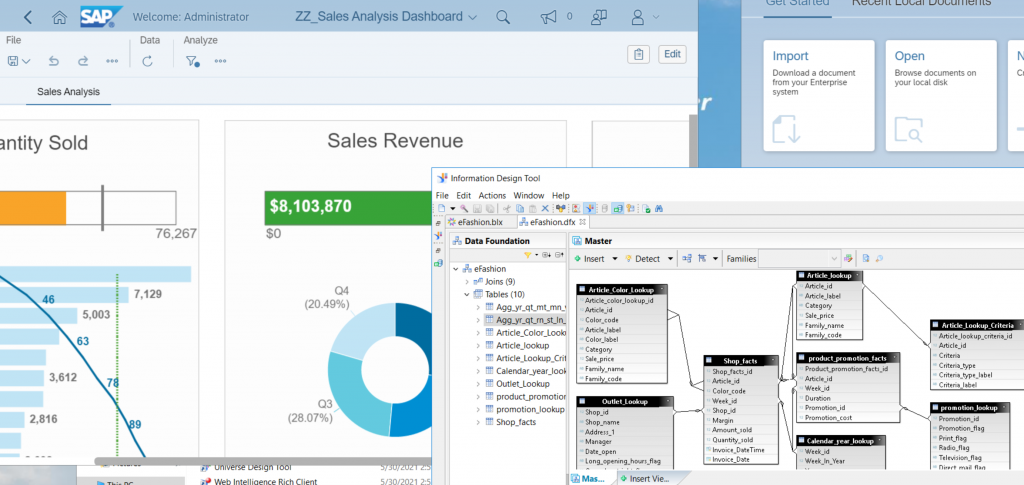
SAP BusinessObjects is a suite of BI tools that includes reporting, analytics, and visualization. It is a powerful tool that can handle large amounts of data and is widely used in large organizations. It also has a wide range of data visualization options, including bar charts, scatter plots, and heat maps.
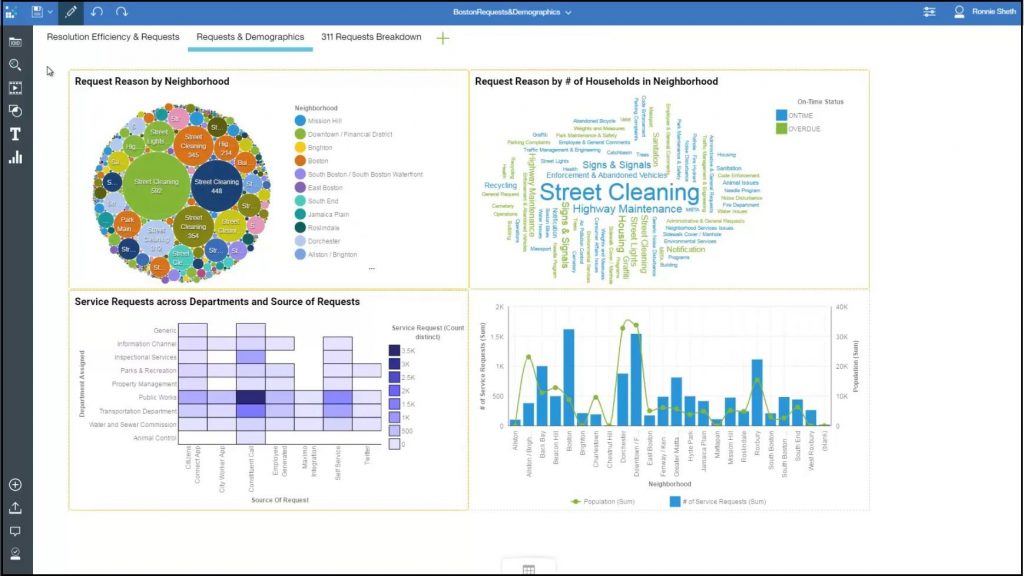
IBM Cognos is a BI tool that offers reporting, analytics, and visualization. It is designed for large organizations and can handle large amounts of data. It also has a wide range of data visualization options, including bar charts, scatter plots, and heat maps.
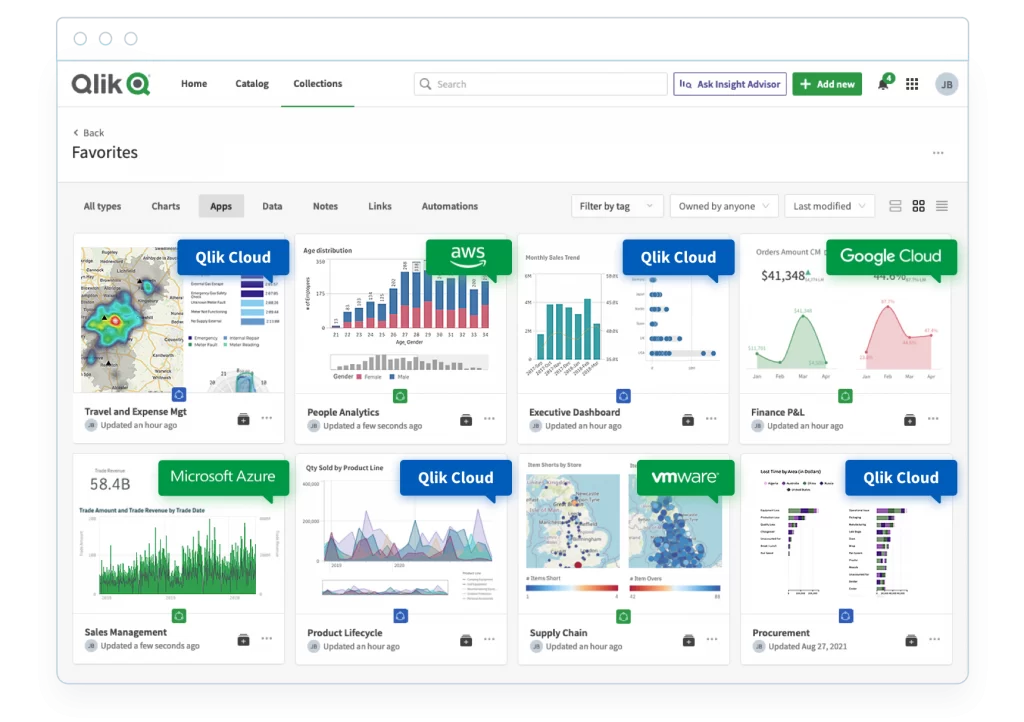
Qlik is a BI tool that allows users to create interactive dashboards. It is designed to be user-friendly and can handle large amounts of data. It also has a wide range of data visualization options, including bar charts, scatter plots, and heat maps.
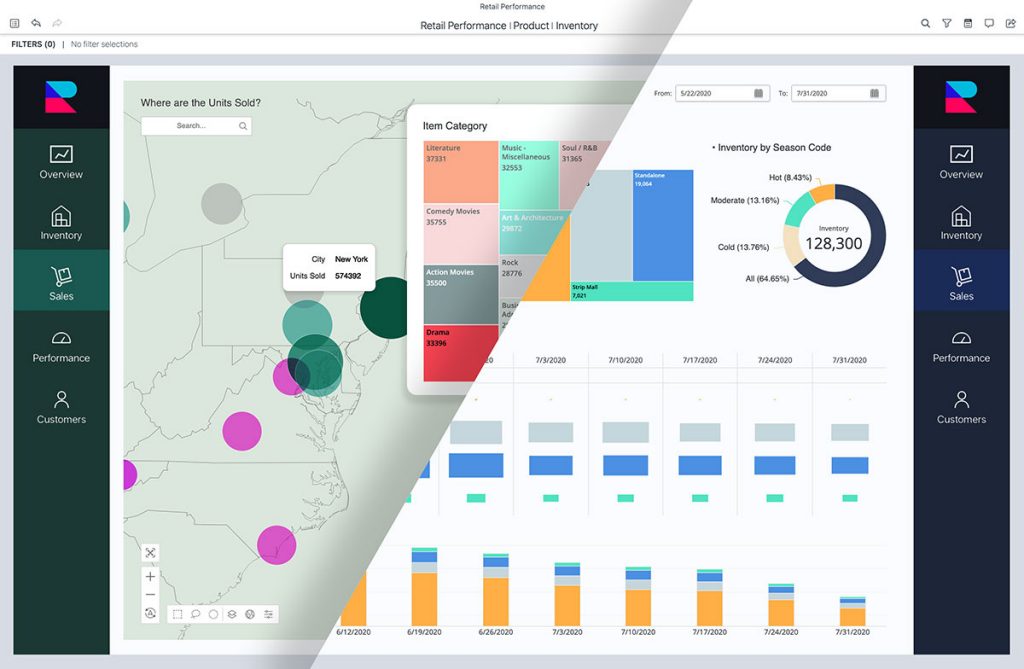
MicroStrategy is a BI tool that offers reporting, analytics, and visualization. It is designed for large organizations and can handle large amounts of data. It also has a wide range of data visualization options, including bar charts, scatter plots, and heat maps.
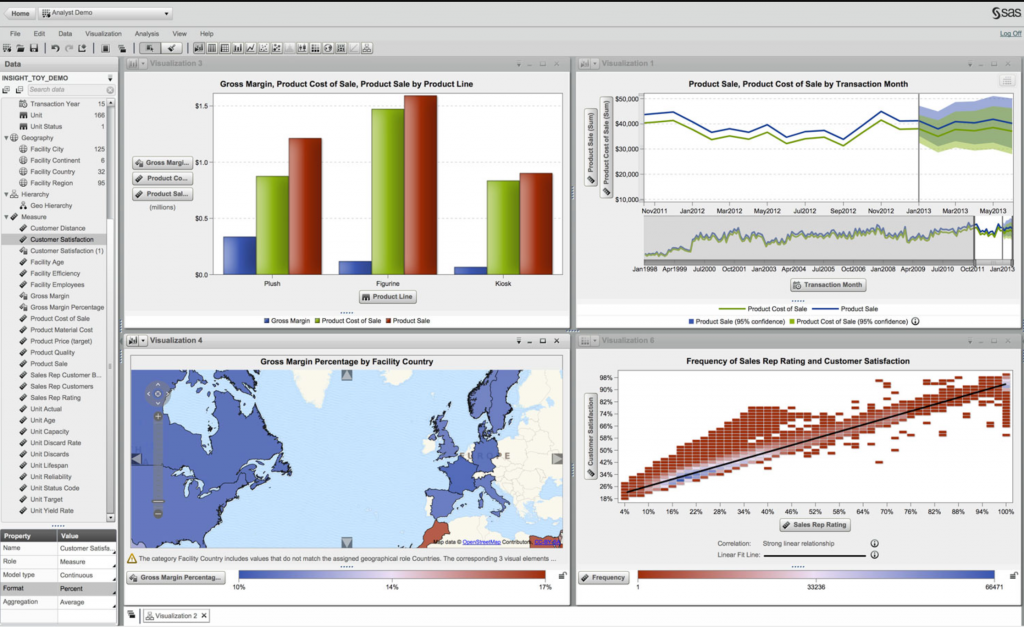
SAS is a powerful BI tool that offers reporting, analytics, and visualization. It is designed for large organizations and can handle large amounts of data. It also has a wide range of data visualization options, including bar charts, scatter plots, and heat maps.
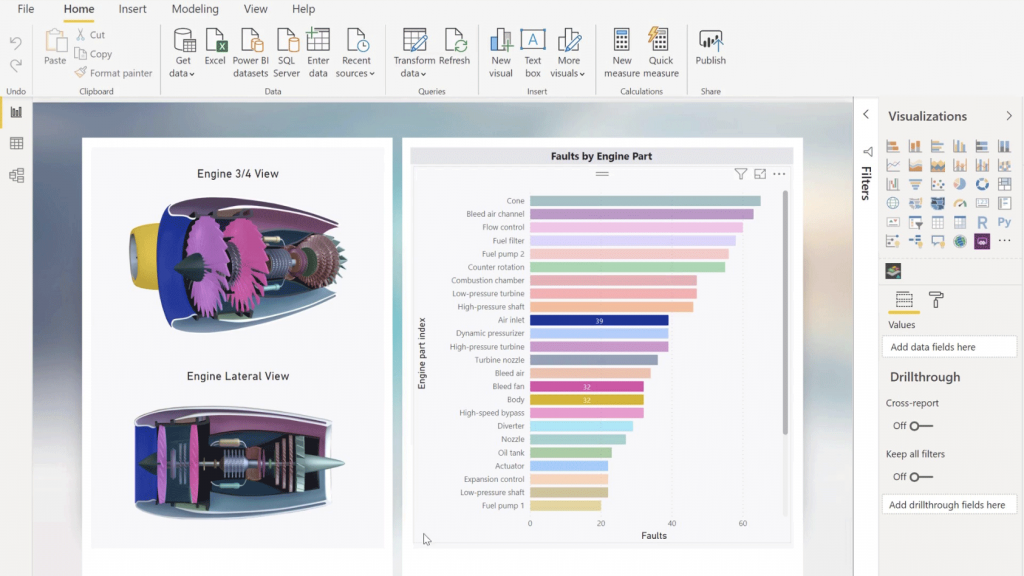
I have many objections regarding Microsoft, but heck, some of their products are great. Power BI is one of them: it’s a BI tool that is part of the Microsoft Office Suite. It is a powerful tool that can handle large amounts of data and is widely used for data analysis, reporting, and budgeting. Power BI has a wide range of data visualization options, including bar charts, scatter plots, and heat maps.
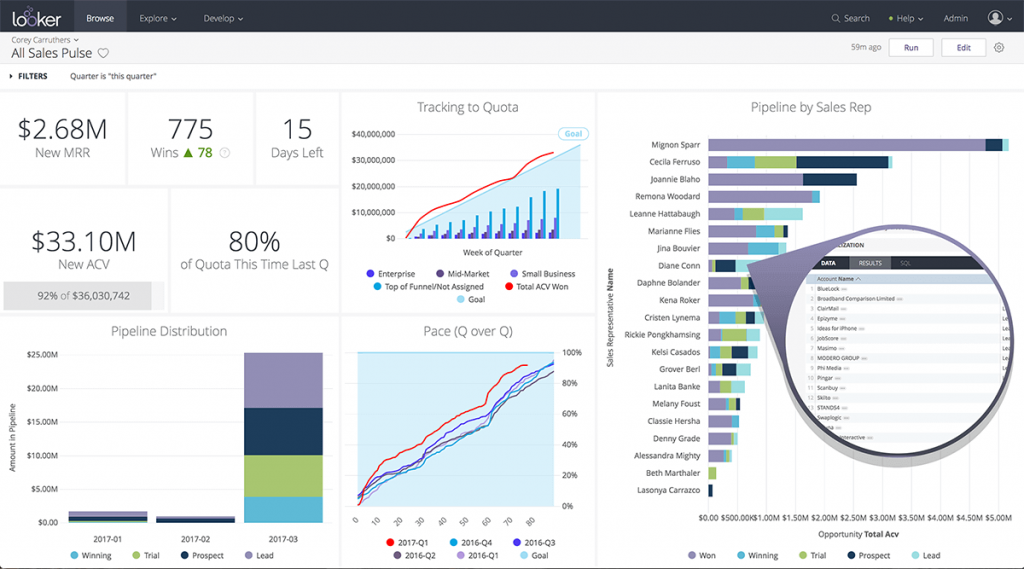
Looker is a BI tool that allows users to create interactive and visually appealing dashboards. It is a user-friendly tool that allows users to quickly and easily create visualizations of their data. Looker can connect to a wide variety of data sources, including Excel, SQL databases, and cloud-based data sources. It also has a wide range of data visualization options, including bar charts, scatter plots, and heat maps.
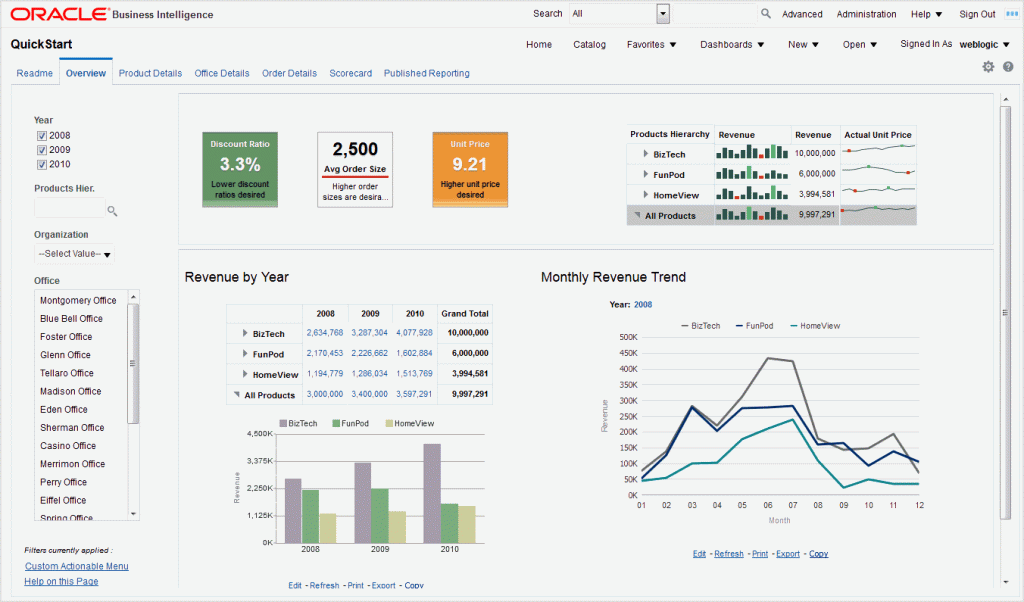
Oracle Business Intelligence is a powerful BI tool that offers reporting, analytics, and visualization. It is designed for large organizations and can handle large amounts of data. It also has a wide range of data visualization options, including bar charts, scatter plots, and heat maps
But but but ! They all look like each other !!
Yeah, they do, just like video editing softwares, newsletter tools, CRMs, and so on: as long as you haven’t a precise idea and masterful use of a platform, you won’t really be able to have an educated opinion about it, and it’ll probably be very hard to make your choice.
So in the end, I’d advise you, as usual, to tinker with the free tools and watch a few tutorials online, and use a BI tool without any subscription before making up your mind.
Also, keep in mind that every team gathers people with different backgrounds: you might end up using one of the BI tools that were used in a former company by one of your teammates as well.
In any case, try and tinker as much as you want.
